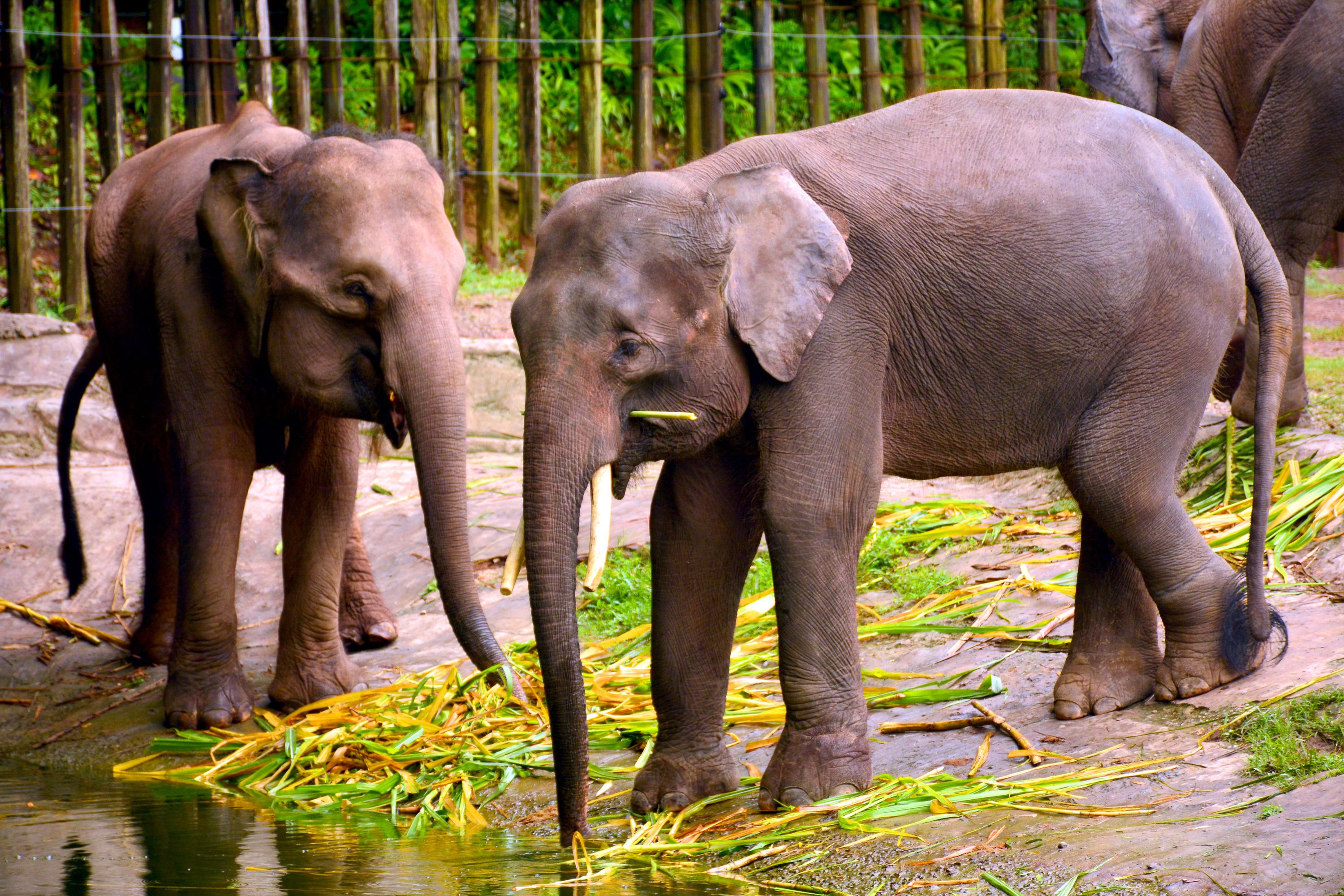The World’s Smallest Elephants Are In Danger Of Extinction Due To Deforestation On Their Home Island Of Borneo

The world’s smallest elephant, known as the Bornean elephant, is in danger of dying out as its population dwindles. The elephants are native to the island of Borneo, where much of their habitat has been lost due to deforestation.
Now, there are only 1,000 Bornean elephants left in the wild—but there’s hope for them yet.
Recently, the Bornean elephant has made it onto the International Union for the Conservation of Nature’s (IUCN) list of endangered species. Their new endangered status on the Red List can help bring more awareness and boost support for the dire circumstances of the Bornean elephants.
“We hope that by getting the Borneo elephants on to the Red List, that will galvanize the efforts for their conservation to protect their habitat because the authorities will now see that the eyes of the world are on this species,” said Adrian Lister, a professor from London’s Natural History Museum.
According to the World Wildlife Fund (WWF), Bornean elephants are a high conservation priority. However, out of all the elephant species in the world, they remain the least understood. Efforts have been made to learn more about them, though.
In 2005, the WWF attached satellite trackers to five different herds of elephants in Sabah, Malaysia. The data they’ve gathered has allowed experts to determine the dangers they face.
At 8.2 to 9.8 feet tall, Bornean elephants are three feet smaller in height than their larger Asian counterparts. These miniature elephants have large ears, straighter tusks, and long tails that reach the ground. They also have gentle, playful personalities.
They are found only on the island of Borneo in the Malay Archipelago of Southeast Asia. DNA evidence has proved that Bornean elephants are genetically different from other Asian elephants. They were estranged from their cousins in mainland Asia and Sumatra about 300,000 years ago.
The main threats to their survival are deforestation and conflict with humans. In Malaysia and Indonesia, the palm oil industry has been booming. The increased building of palm oil plantations has led to widespread deforestation and the loss of wildlife.
walterericsy – stock.adobe.com – illustrative purposes only, not the actual elephants
Sign up for Chip Chick’s newsletter and get stories like this delivered to your inbox.
Because their habitat range is reducing, the elephants are forced to venture into human-occupied areas in search of food, where they may destroy crops or become victims of illegal traps.
Poachers may also hunt them for ivory, or they could accidentally get poisoned by chemicals used in agriculture, per the IUCN.
The latest update to the Red List also calls attention to other species at risk of extinction. For instance, the number of reptiles on the Gran Canaria and Ibiza islands of Spain is diminishing because of non-native snakes that were introduced in 1998.
The Gran Canaria giant lizard is now classified as critically endangered, and the Gran Canaria skink is endangered due to attacks by the California kingsnake.
Welcome to Billionaire Club Co LLC, your gateway to a brand-new social media experience! Sign up today and dive into over 10,000 fresh daily articles and videos curated just for your enjoyment. Enjoy the ad free experience, unlimited content interactions, and get that coveted blue check verification—all for just $1 a month!
Account Frozen
Your account is frozen. You can still view content but cannot interact with it.
Please go to your settings to update your account status.
Open Profile Settings